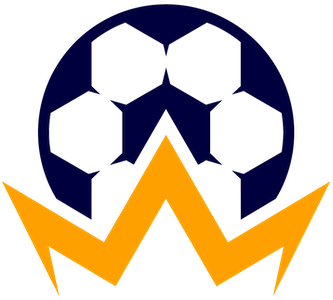Aston Villa’s hopes for the remaining season took a significant blow with Marcus Rashford’s untimely hamstring injury, keeping him out of the FA Cup semifinal against Crystal Palace. The absence of such a dynamic player during high-stakes matches illustrates the delicate balance between ambition and fitness in professional football. Rashford’s injury came to light during a previous match against Manchester City, where he had already shown signs of a troubling muscle problem. His failure to make an appearance at Wembley raised troubling questions about both his health and Villa’s prospects in the tournament.
Diagnostic Dilemmas and Uncertain Timelines
Manager Unai Emery confirmed Rashford’s injury, indicating that further evaluation would determine his recovery timeline. The initial medical assessment suggests he could be out for approximately a month. This precarious situation not only threatens Rashford’s presence for the rest of this season but also casts a shadow over his potential for international duty with the England squad during June’s international break. The push-pull of hope and uncertainty looms large as medical teams from both Aston Villa and Manchester United work together to formulate a recovery plan. Such collaborations are standard in modern football, yet they also reflect a more complex relationship between players and clubs, especially when one is on loan.
Contractual Quandaries and Future Aspirations
This situational quandary may influence not only Rashford’s immediate future but also his long-term prospects. There are whispers around Birmingham that Aston Villa is deliberating whether to activate their £40 million option to permanently acquire his services. Yet, with his current injury status, this decision may become increasingly complicated. Rashford himself appears disillusioned with Manchester United’s management under Ruben Amorim, fueling speculation about his desire to seek opportunities at a Champions League club should he decide to leave. The potential of a summer transfer often dwarfs the immediate concern for fitness, illustrating the high-stakes game that players and clubs navigate simultaneously.
The Bigger Picture: Ambition vs. Injury
Rashford’s injury encapsulates the perennial risk of injury in professional sports, where the thrill of competition must be weighed against the physical toll on athletes. For Aston Villa, the stakes are especially high as they aim to solidify their position in the league and potentially achieve European football. Losing a player of Rashford’s caliber, especially in critical matches, puts their plans in jeopardy. This situation also highlights the greater issue of player health management amid the increasing demands of football seasons. Clubs need to strike a balance between pushing players for short-term gains while being mindful of their long-term career trajectories.
In contemplating Rashford’s situation, it becomes evident that the intersection of injuries, ambitions, and contracts creates a tapestry of complexities that teams must navigate. With looming questions about his future at both Villa and United, fans and pundits alike are left awaiting further developments, reminding us of the fragile nature of success in professional football.


Leave a Reply